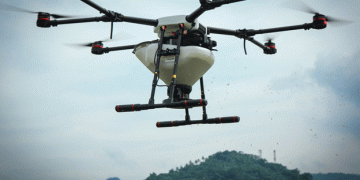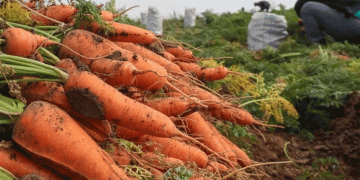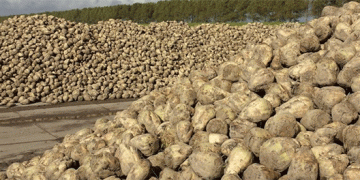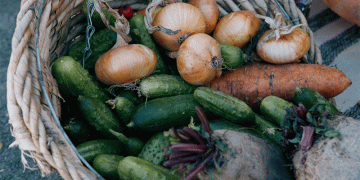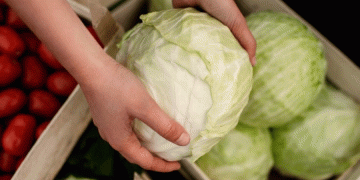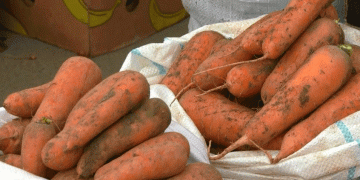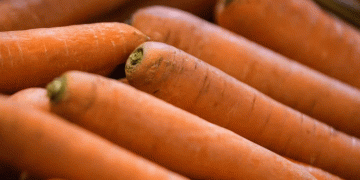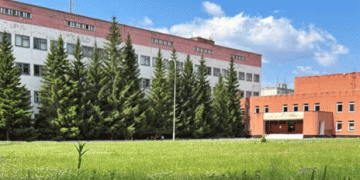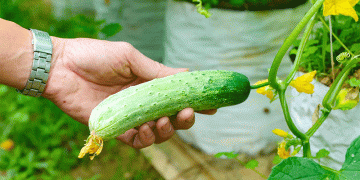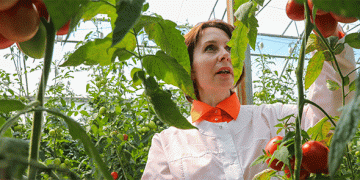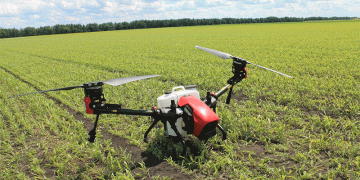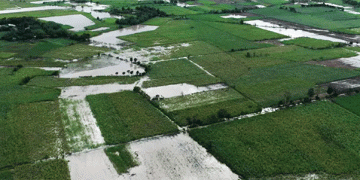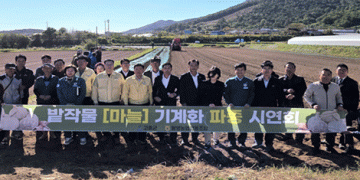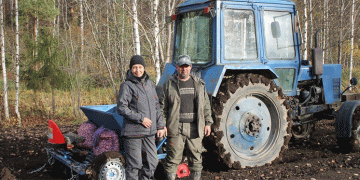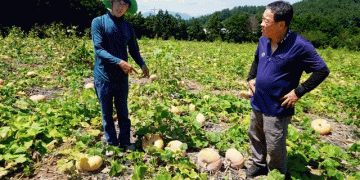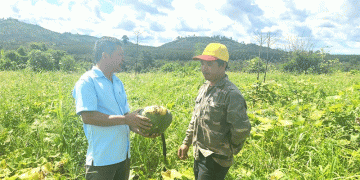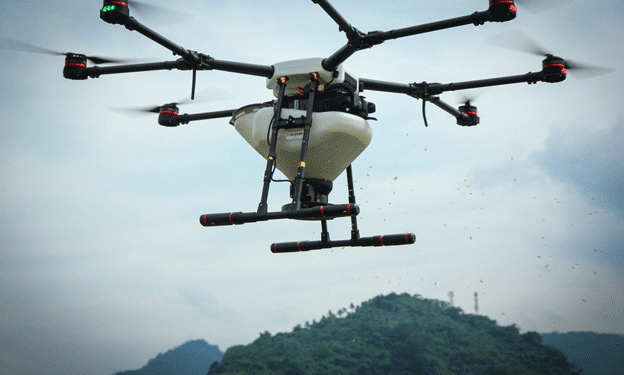Drone technology is making significant strides in the agricultural sector, particularly in rice farming in countries like India and the Philippines. With the global agricultural drone market valued at $32.4 billion, the rise of drones is transforming traditional farming practices by offering farmers a wealth of information that was previously difficult to gather. The versatility of drones, combined with their ability to integrate with other technologies such as IoT, ICT, and AI, has the potential to revolutionize rice cultivation, addressing both global food security challenges and local farming obstacles.
The Promise of Drones in Precision Agriculture
Drones have a profound impact on rice farming, especially in regions where smallholder farms predominate. These drones are equipped with a variety of sensors that can collect large-scale data on crop health, soil moisture, nutrient levels, and even weather patterns. The International Rice Research Institute (IRRI) is working diligently to integrate drone technology with other innovations, aiming to provide comprehensive solutions for farmers. This includes combining data from drone sensors with real-time analytics from AI systems to optimize resource use, ultimately leading to higher yields and reduced costs.
However, while the potential is immense, the adoption of drone technology varies significantly between countries, driven by local conditions, farmer demographics, and challenges in infrastructure.
India’s Adoption of Drone Technology
India, one of the world’s largest rice producers, has seen steady progress in adopting drone technology. With over 145 million farmers cultivating approximately 45 million hectares of rice, the potential for drones to revolutionize rice farming is immense. The Indian government has been supportive through initiatives like the Digital Agriculture Mission and the Sub-Mission on Agricultural Mechanization (SMAM), providing subsidies and incentives for drone adoption. Private companies have responded by offering scalable drone solutions, such as rental models, making it easier for smallholder farmers to access the technology.
Successful implementations in India, such as IRRI’s project using drones for monitoring nitrogen levels in rice fields, demonstrate how drones can optimize fertilizer application, improving efficiency and reducing waste. However, challenges remain, including slow data processing, low digital penetration in rural areas, and high maintenance costs. Additionally, rice crops in India are often submerged, making it difficult for drones to capture accurate data due to interference from water. Despite these obstacles, the push for large-scale drone adoption continues, especially in states like Punjab, Haryana, Andhra Pradesh, and Tamil Nadu.
The Philippines: Overcoming Unique Challenges
The Philippines faces a different set of challenges in adopting drone technology. With approximately 2.5 million rice farmers and around 4.8 million hectares under rice cultivation, the Philippines contends with frequent typhoons, flooding, and rugged terrain, which complicates drone use. Although drone adoption has been slow due to high costs, limited technical expertise, and fragmented landholdings, initiatives such as the Drone4Rice project, a collaboration between IRRI and the Philippine Rice Research Institute (PhilRice), are paving the way for more widespread use.
IRRI has pioneered the integration of advanced sensors, such as multispectral and thermal imaging, into drones to monitor nitrogen levels and assess water stress in rice fields. These innovations are crucial for managing irrigation and improving fertilizer use, particularly in the Philippines’ unpredictable climate. However, drones face operational challenges, including reduced performance during the monsoon season and difficulties navigating steep, hard-to-reach rice terraces. Despite these issues, the Philippine government’s support through programs like the Rice Competitiveness Enhancement Fund (RCEF) has been instrumental in pushing drone technology forward.
Overcoming Barriers and Scaling Drone Use
For both India and the Philippines, the future of drone adoption lies in overcoming significant barriers such as cost, infrastructure, and education. To make drone technology more accessible, affordable service models need to be developed. Collaborative efforts between governments, research institutes, and the private sector are key to providing farmers with the training and support necessary to fully realize the benefits of drones.
Moreover, innovations such as AI-powered analytics and big data can help farmers make data-driven decisions, optimizing irrigation, fertilization, and pest control. For smallholders, drones complement traditional farming methods by providing precise, actionable insights that can lead to increased productivity. For larger enterprises, drones streamline operations, reduce labor costs, and provide an efficient means of monitoring vast agricultural areas.
Drones represent a significant opportunity to improve rice farming practices in both India and the Philippines, offering farmers the ability to monitor their fields in real-time and make informed decisions that enhance crop yields and sustainability. However, for drones to become a widespread tool, more needs to be done to address the challenges of cost, technical expertise, and infrastructure. With continued innovation, government support, and collaboration, drone technology has the potential to play a pivotal role in transforming rice farming in both countries, helping to address challenges such as food security, climate change, and resource conservation.
